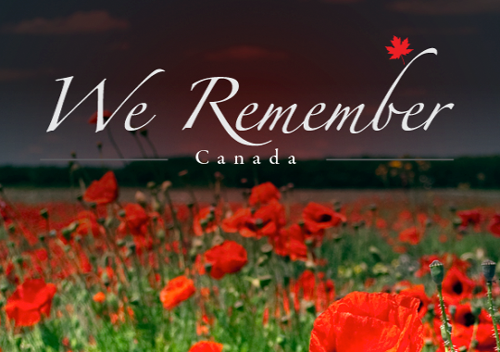1-800-599-2622 or Email us for a FREE QUOTE
moverscanada@gmail.com
Blog
Why Wear a Poppy on Remembrance Day
The poppy is the enduring symbol of remembrance of the First World War. It is strongly linked with Armistice Day (11 November), but the poppy's origin as a popular symbol of remembrance lies in the landscapes of the First World War.
Poppies were a common sight, especially on the Western Front. They flourished in the soil churned up by the fighting and shelling. The flower provided Canadian doctor John McCrae with inspiration for his poem 'In Flanders Fields', which he wrote whilst serving in Ypres in 1915. It was first published in Punch, having been rejected by The Spectator. In 1918, in response to McCrae's poem, American humanitarian Moina Michael wrote 'And now the Torch and Poppy Red, we wear in honor of our dead…'. She campaigned to make the poppy a symbol of remembrance of those who had died in the war.
Artificial poppies were first sold in Britain in 1921 to raise money for the Earl Haig Fund in support of ex-servicemen and the families of those who had died in the conflict. They were supplied by Anna Guérin, who had been manufacturing the flowers in France to raise money for war orphans. Selling poppies proved so popular that in 1922 the British Legion founded a factory - staffed by disabled ex-servicemen - to produce its own. It continues to do so today.
Other charities sell poppies in different colours, each with their own meaning but all to commemorate the losses of war. White poppies, for example, symbolise peace without violence and purple poppies are worn to honour animals killed in conflict.
The poppy continues to be sold worldwide to raise money and to remember those who lost their lives in the First World War and in subsequent conflicts.
!!! MAKING THE WORLD BETTER ONE MOVE AT A TIME !!!




